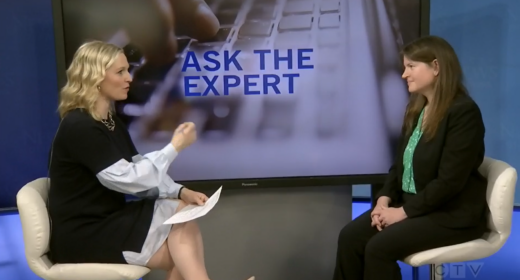A question that sometimes comes up in meetings with clients is the concept of a life estate. This is more common with couples who are in a second marriage/relationship, or who may have a child who is incapable of managing his/her own financial affairs. In these types of situations, the desired result is to set aside assets to allow the beneficiary to have access to the income from the life estate trust and, perhaps the capital as well.
A life estate is created by establishing a trust in a will for the benefit of one or more persons. There must be sufficient assets available to make a life estate worthwhile, because there are ongoing costs to the life estate trust for accounting and potential trustee fees that must be paid from the same trust assets that are generating the beneficiary’s income.
Normally, just the income from a life estate trust is made available for or on behalf of the beneficiary, but in many situations the beneficiary may also have access to the capital of the trust. The decision whether a beneficiary will have access to the trust capital must be made by the testator when the will is drafted, although the actual amount of capital that can be paid to the beneficiary can be left to the trustees of the life estate trust.
In considering whether a life estate trust is something that is necessary in your will, you must also understand that:
-
Assets that are in joint names between yourself and another person will pass to the survivor upon the death of one of you. Don't count on your surviving joint owner to ensure that any part of this jointly held asset will be transferred to form part of the life estate trust at your death;
- The only assets that can be used to fund a life estate trust are assets that are only in your name at your death, and which do not have named beneficiaries (often, RRSPs, RIFs and life insurance policies have named beneficiaries).
There are tax issues that must also be considered prior to establishing a life estate trust in your Will. The assets owned by you at your death and that form a life estate to benefit your spouse – married or common law – pass income tax free into the life estate trust (assuming that only the spouse is able to access the income and/or capital of the assets in the trust). On the other hand, assets owned by you at your death and that form a life estate to benefit any other person, including children, will be transferred into the life estate trust after payment of any income taxes arising on such assets at your death. In other words, there is more of an income tax advantage to forming a life estate trust for a spouse than for any other class of beneficiary.
The December, 2014 changes in the Income Tax Act relating to trusts in general also affect life estate trusts as well. Beginning in 2016, any income held in a life estate trust and not paid out to the beneficiary in any calendar year will be taxed at the highest marginal rate in the province that the trust is located. In Ontario this rate is approximately 49%.
It is important that a person consult with a lawyer who is familiar with trusts in general, and life estate trusts in particular, before proceeding with this type of will provision.


